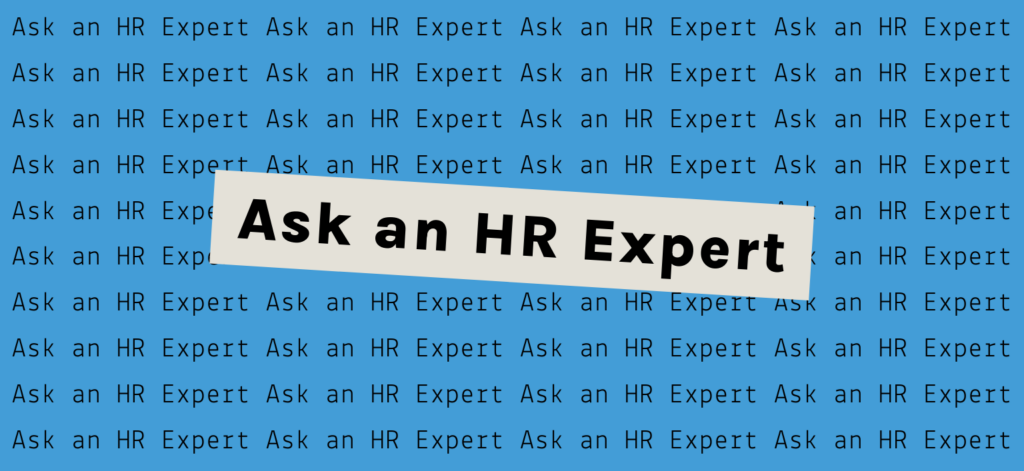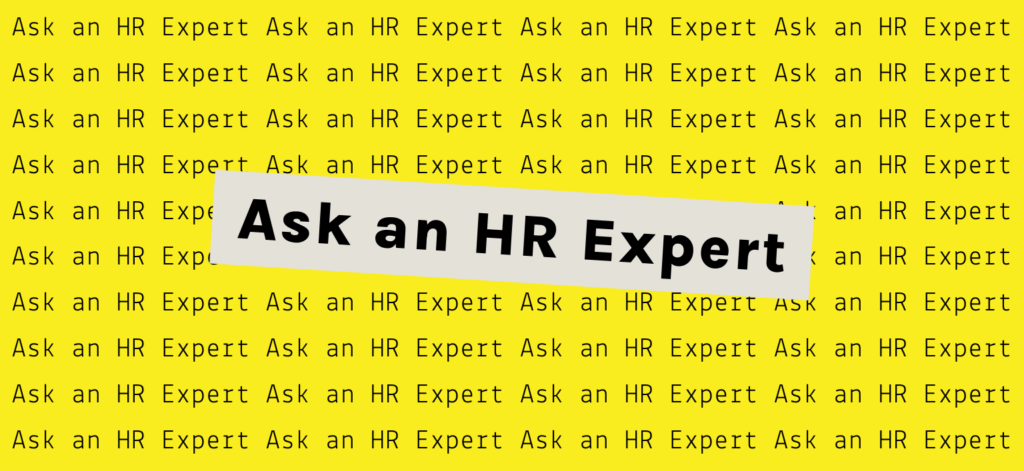As many of us experienced during the height of the COVID-19 pandemic, it was challenging to transition to remote work, even if we’d been with our company for years. And, although many employees have returned to the office and companies have continued to issue return-to-office mandates, a significant number of companies have chosen to continue offering flexible or fully remote options, having realized the benefits of this arrangement. This shift demands fresh approaches to onboarding and team integration, especially when new hires may never step into a physical office.
So, how do we ensure that new team members can join in successfully and feel welcome, without any preexisting familiarity with the office, culture, or team? How can we make sure that we not only set them up for success with a new laptop, but also engage them fully in the company?
Here are four ideas we crowdsourced from our internal team:
1. Prior Planning Prevents Poor Performance
You may have heard some variation on this, but planning is key to remote onboarding success. As soon as you send out the offer letter — and potentially as soon as you see the need for the hire — your company should be plotting out the logistics. For example, the tech and material needs of the employee — laptop or dock, mouse, keyboard, standing desk, company cellphone, etc. — should be delivered ASAP so the employee has a chance to set up their new work station. This will involve a conversation with the new employee about their preferred set-up and space, as well as any ergonomic accommodations they might need. This also probably requires connecting them with IT in the days before their start, to help them troubleshoot set-up and security issues.
Prior planning also involves pre-boarding the employee with HR paperwork — their first day shouldn’t be bogged down with 27 different HR forms. It also may be time to consider a pivot to an online portal or system like DocuSign, if your company hasn’t already. Start off the relationship on a positive note by also sending a welcome gift or two — maybe some company-branded swag or a thoughtful treat. The little things can go a long way toward making someone feel welcome and cared for.
2. Assemble the Team
Often, it feels like onboarding is only HR’s purview, or a task for the office manager while the “real work” goes on. We encourage you to shift that mentality — a successful onboarding in a remote work environment requires everyone’s involvement. The team hired this new employee because their skills are needed, so it’s crucial to set them up for success from the start.
Think about the people on your team with the key information and insights to welcome your new employee. Certainly, HR is part of that mix, but team managers, IT, other new employees, internal group leads (e.g., ERGs, committees), and other key office players like marketing and accounting, often have quite a bit of info to add.
One of our favorite methods of integrating a new employee is to set 30-min meetings with multiple teams so that everyone can explain their role and how it interacts with the new employee’s position. Think of it as virtual shadowing.
While it’s essential to provide useful information, be mindful not to overwhelm them. Strike a balance so that the new hire can absorb important details while also feeling like a valued part of the team.
3. Set Expectations Clearly
One of the hardest things about starting as a new employee is navigating the unwritten codes, communication styles, and expectations in the office. For example, does your team work primarily on email, or are you missing everything if you’re not on Slack? Does management value response time or presentation skills more? How do employees with kids navigate childcare issues? What are the unwritten expectations around vacations, leaves, and clocking out? Who should you go to for issues with coworkers? What are you expected to figure out yourself, and what types of questions are encouraged?
Since so many of these things, which make up the office “culture,” are not written down, imagine how much more challenging it is for a remote employee, who isn’t able to observe or ask a discreet question to a friendly-seeming coworker as they integrate into the team.
The best, most valuable thing you can do is communicate as many of those unwritten, unspoken expectations as possible. At the very least, think long and hard about the core values and communication styles at your office and how you would explain them to a new employee. Try to write them down so they become a tangible part of your onboarding process.
By doing this, you will create more equity in your office. If you make your culture explicit, then new employees will know how to operate successfully within your team.
4. Make Onboarding an Ongoing Process
Onboarding doesn’t end once the paperwork is complete or the first week is over. To fully integrate new hires, think of onboarding as an ongoing process that stretches over the first several months of employment. Although the first few days should absolutely focus on orienting the new employee, giving them the information they need, and introducing them to the company, their team, and their role, the goal should be to get them included and feeling productive as soon as possible.
Start by giving new hires meaningful tasks within their first few days, and schedule regular check-ins with their manager to provide feedback and guidance. Make sure they’re included in key meetings to keep them engaged (but be mindful of Zoom fatigue). Have a point person or two in charge of checking in and seeing how things are going, as well as giving the new employee a chance to ask questions. A virtual team lunch or happy hour is another great way to foster connection.
Remember, the onboarding process is tied directly to retention. Research shows that employees often leave within the first 12 to 16 months not because of a bad fit, but because they don’t feel connected to the company or team. Investing in a long-term onboarding strategy is key to keeping your new hires engaged and committed.




